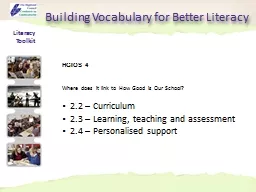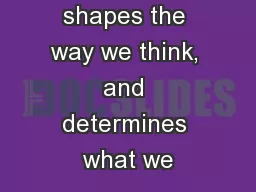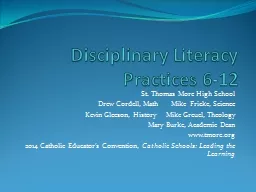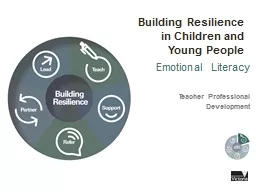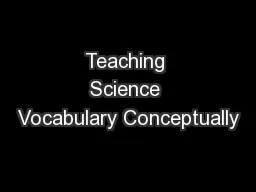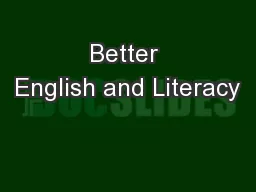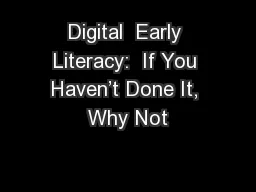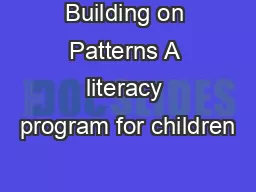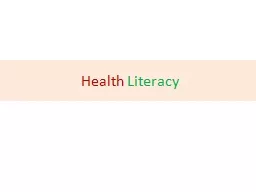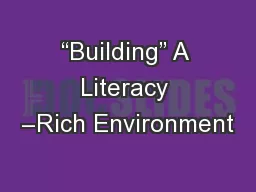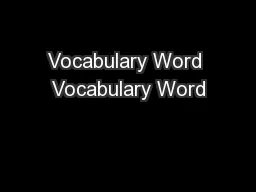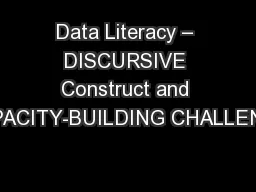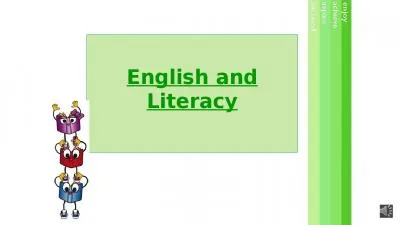PPT-Building Vocabulary for Better Literacy
Author : aaron | Published Date : 2018-06-29
Literacy Toolkit HGIOS 4 Where does it link to How Good is Our School 22 Curriculum 23 Learning teaching and assessment 24 Personalised support Literacy Toolkit
Presentation Embed Code
Download Presentation
Download Presentation The PPT/PDF document "Building Vocabulary for Better Literacy" is the property of its rightful owner. Permission is granted to download and print the materials on this website for personal, non-commercial use only, and to display it on your personal computer provided you do not modify the materials and that you retain all copyright notices contained in the materials. By downloading content from our website, you accept the terms of this agreement.
Building Vocabulary for Better Literacy: Transcript
Download Rules Of Document
"Building Vocabulary for Better Literacy"The content belongs to its owner. You may download and print it for personal use, without modification, and keep all copyright notices. By downloading, you agree to these terms.
Related Documents

